how dog training works
Ever seen dogs follow commands easily while others don’t? It’s all about how dog training works. It mixes science and art to teach dogs new things.
Good dog training uses positive reinforcement. This means giving treats for good behavior. Karen Pryor started this idea in the 1960s, changing how we train dogs1. We’ll look at what makes training work and how to teach your dog.
Dogs are as smart as two-year-old kids2. This shows why we need the right training methods. We’ll talk about different kinds of dog smarts and how they affect training. Knowing about these helps you train your dog better.
Key Takeaways
- Positive reinforcement is the cornerstone of effective dog training
- Dogs have intelligence comparable to human toddlers
- Canine learning involves instinctive, adaptive, and obedience intelligence
- Clicker training is a popular and effective method for marking desired behaviors
- Consistency and timing are crucial in reward-based training
- Understanding different types of dog intelligence aids in tailoring training approaches
- The American Kennel Club recognizes five basic commands every dog should know
Understanding the Foundations of Dog Training
Dog training is a complex process. It relies on knowing how dogs learn. We’ll look into the science of dog learning and their types of intelligence.
The Science Behind Canine Learning
Canine learning is interesting. It mixes instinct and adaptation. Dogs can learn new skills at any age, size, or breed3. This learning starts with four core skills that help with training3.
Instinctive vs. Adaptive Learning in Dogs
Instinctive learning means doing things naturally. Adaptive learning is solving problems and adjusting to new things. In training, most work teaches specific behaviors using cues4.

Working and Obedience Intelligence
Working and obedience intelligence is key for training. It shows how well dogs learn tasks and commands. Most trainers teach new behaviors to check skills4.
Teaching dogs to check in with their human for feedback helps a lot4. This builds a strong bond and improves communication.
“Understanding a dog’s learning process is key to successful training. It’s not just about commands; it’s about building a relationship based on trust and communication.”
Training also works on emotional intelligence. Most training aims to teach dogs to stay calm in stressful situations4. This is important since many untrained dogs get stressed in new places4.
Knowing these training basics helps us train our dogs better. Remember, short, frequent training sessions work best3.
The Evolution of Dog Training Techniques
Dog training has changed a lot since the early days. We’ve moved from harsh to kinder methods. This change shows we understand dogs better now.

Olden days, dogs were trained with harsh methods. Trainers thought dogs needed to be “broken” to learn. They used shock and other harsh things, similar to how people with disabilities were treated in the 1960s5. But, people started to see this was bad for dogs.
In the 1980s, training changed for the better. People started using kinder ways to train dogs5. About 20 years ago, training with rewards became popular6. Ian Dunbar helped make these gentler methods well-known6.
Now, we focus on making dogs happy to learn. This way, we can fix big problems like fear and aggression6. Studies show punishment can make dogs very stressed6. But, training with rewards makes dogs happy with their owners.
This kind of training works not just for dogs, but also for big animals like Seaworld Orcas6. It shows how well reward-based training can work with many animals7.
Positive Reinforcement: The Key to Successful Training
Positive reinforcement is key in modern dog training. It rewards good behavior, making a strong bond between dogs and owners. This method shapes behavior without fear or punishment8.
Reward-Based Methods and Their Benefits
Reward-based training makes good behaviors stronger and builds trust with pets9. It helps dogs feel confident and happy, not worried about getting in trouble8.
Choosing the Right Rewards for Your Dog
Choosing the right rewards is key for positive reinforcement. Food treats work well because dogs love them. But, praise, petting, or favorite toys can also be rewards10. Pick rewards your dog really likes to make training work well9.
Timing and Consistency in Reward Delivery
Timing is everything in positive reinforcement. Give rewards right after the good behavior to link them clearly10. It’s also key to be consistent. Everyone should use the same cues to avoid confusing your dog10.
Keep training short, fun, and without distractions. Start by rewarding your pet every time they do a new behavior. Then, reward them less often as they get better109.
Using positive reinforcement consistently makes training a happy place for dogs. It leads to better behavior and a stronger bond with humans.
How Dog Training Works: Principles and Practices
Dog training starts with key principles for changing behavior and teaching obedience. Trainers like Ralf Weber, with 18 years of experience, say knowing how dogs think and learn is key11. This knowledge helps make good training plans.
Being consistent is very important in training dogs. We need to use clear commands and have the same expectations. Training should be short, about 15 minutes, fitting a dog’s focus span. It should be part of daily life, making good behaviors a habit.
Socializing puppies is crucial for their behavior. It means letting them meet different people and animals early on. This helps avoid problems later and makes training easier.
There are many ways to train dogs, like clicker, treat, and relationship-based methods. Each dog is different, so finding the right method is important11.
“Lack of motivation is often the fault of the trainer, not the dog.” – Ralf Weber
It’s important to know the science behind training dogs. Training uses classical and operant conditioning. Classical conditioning happens naturally, like when a dog gets excited at the sound of their food bowl12. Operant conditioning uses rewards and punishments to train animals12.
| Training Aspect | Importance |
|---|---|
| Family Pack Structure | 75% of behavioral correction |
| Obedience Training | 25% of behavioral correction |
| Owner Understanding | 99% lack insight into dog motivation |
These facts show how important a strong family structure and knowing what motivates dogs are for training13. By using these ideas, we can make a strong base for good training and changing behavior.
Clicker Training: Marking Desired Behaviors
Clicker training changed dog training in the mid-90s. It’s a key part of positive reinforcement training. It uses a small device to make a sound that marks good behaviors14.
The Origins of Clicker Training
Clicker training started with training marine mammals. It uses positive reinforcement, a science-backed idea. This means rewarding good behaviors, not bad ones. It helps dogs make better choices15.
How to Use a Clicker Effectively
The clicker becomes a powerful tool with treats or rewards. Here’s how to use it well:
- Click at the exact moment of desired behavior
- Immediately follow the click with a reward
- Keep training sessions short and fun
The clicker’s sound helps dogs learn faster. It makes the reward come right after the good behavior. This makes learning much better14.
Transitioning from Clicker to Verbal Cues
As dogs get better, you can switch from clickers to words. Here’s how:
- Introduce a word before the click
- Slowly stop using the clicker
- Give rewards for the word
Remember, keep rewarding your dog for these behaviors. Clicker training works well with praise. It gives a clear signal when a behavior is right and gets a reward15.
| Clicker Training Benefits | Traditional Training |
|---|---|
| Precise timing | Variable timing |
| Clear communication | Potential for confusion |
| Enhances dog-trainer bond | May create tension |
| Encourages enthusiasm | Can lead to compliance out of fear |
Essential Commands Every Dog Should Know
Dog training is key to having a well-behaved pet. We’ll look at the basic dog commands every dog should learn. These commands improve obedience and make the bond between dogs and owners stronger.
The American Kennel Club says five commands are must-knows: Come, Heel, Sit, Stay, and Down. These are the basics of obedience training. They keep dogs safe and help them get along with others. The “sit” command is very common, and “stay” builds on “sit” to control a dog’s actions16.
There are 23 more commands that are super useful for training17. Some of these include:
- Potty: A key command for early training
- Ring the bell: Signals when your dog needs to go outside
- Let go: Teaches dogs to drop harmful items
- Find: Helps dogs find specific things
Set aside a few minutes twice or three times a day for training. Use short, clear commands to avoid confusing your dog. Quick rewards teach your dog that good actions get positive feedback18.
Training takes patience. Don’t use yelling or hitting, as it hurts your bond with your pet. Stick to positive reinforcement and consistent practice to help your dog learn these important commands18.
Overcoming Common Training Challenges
Dog training can be tough and test our patience. Issues like too much barking, chewing, and pulling on the leash are common. In places like Portland, with lots of distractions, training can be harder19. But, working with experts can really help us get past these problems and start our dogs’ learning right19.
Being consistent is very important when fixing these issues. For example, setting clear rules for chewing and biting is key, especially for curious puppies19. Training your dog to go potty needs patience and regular schedules, like feeding times and outdoor breaks19. Training can take a few weeks to a few months, depending on the method20.
For big problems like separation anxiety or being too aggressive, it’s best to get help from experts. They can give you special advice for your dog’s issues. Puppies have times when they might be scared or nervous, like when they are 8 to 11 weeks old and 6 to 14 months old20. With hard work, understanding, and expert advice, we can make our dogs happy and well-behaved.
FAQ
What are the different types of learning in dogs?
What is the difference between aversive-based and reward-based training?
How does positive reinforcement work in dog training?
What are the key principles of effective dog training?
What is clicker training, and how does it work?
What are the essential commands every dog should know?
How can I address common training challenges like excessive barking or aggression?
Source Links
- https://animals.howstuffworks.com/pets/dog-training.htm – How Dog Training Works
- https://www.webmd.com/pets/dogs/dog-training-obedience-training-for-dogs – Dog Training: Obedience Training for Dogs
- https://outwardhound.com/furtropolis/dogs/the-importance-of-foundation-training-for-dogs – The Importance of Foundation Training For Dogs
- https://www.dogsdeciphered.com/2020/10/what-is-foundational-training/ – What is Foundational Training? – Dogs Deciphered
- https://www.naiaonline.org/articles/article/the-evolution-of-modern-day-dog-training – The Evolution of Modern-Day Dog Training & Obedience
- https://maggiedogtraining.com/blog/2018/10/9/the-history-of-dog-training – The History of Dog Training — Maggie Marshall Dog Training
- https://highlandcanine.com/blog/history-and-evolution-of-dog-training/ – The History And Evolution Of Dog Training | Highland Canine Training
- https://www.nicemembership.com/post/positive-reinforcement-the-key-to-successful-dog-training – Positive Reinforcement – The Key To Successful Dog Training
- https://www.petmd.com/dog/behavior/how-to-train-a-dog-with-positive-reinforcement – How To Train a Dog With Positive Reinforcement
- https://www.humanesociety.org/resources/positive-reinforcement-training – Positive reinforcement training
- https://happydogtraining.info/general-information/how-to-train-a-dog/ – How to Train a Dog
- https://theanimalcare.org/dog-training-methods/ – Top 10 Effective Dog Training Methods: A Complete Guide on Dog Training
- https://leerburg.com/philosophy.htm – Ed Frawley’s Philosophy of Dog Training
- https://noelhoffmann.com/clicker-training-explained/ – Clicker Training Explained. ⋆ Noel Hoffmann Dog Training
- https://www.akc.org/expert-advice/training/clicker-training-your-dog-mark-and-reward/ – No title found
- https://www.servicedogtrainingschool.org/blog/dog-training-commands-every-dog-should-know – Dog Training Commands Every Dog Should Know
- https://www.dogseechew.in/blog/20-essential-dog-training-commands-orders-list-basic-to-advanced – 20 Essential Dog Training Commands – (Basic to Advanced) | Dogsee
- https://www.olk9md.com/essential-commands-for-dogs/ – Essential Commands to Teach Your Dog – Dog Training Tips
- https://monkoodog.com/dog-training-challenges/ – Overcoming Common Dog Training Challenges – Monkoodog
- https://ridgesidek9.com/5-biggest-dog-training-challenges/ – The 5 Biggest Dog Training Challenges Every Pet Owner Faces

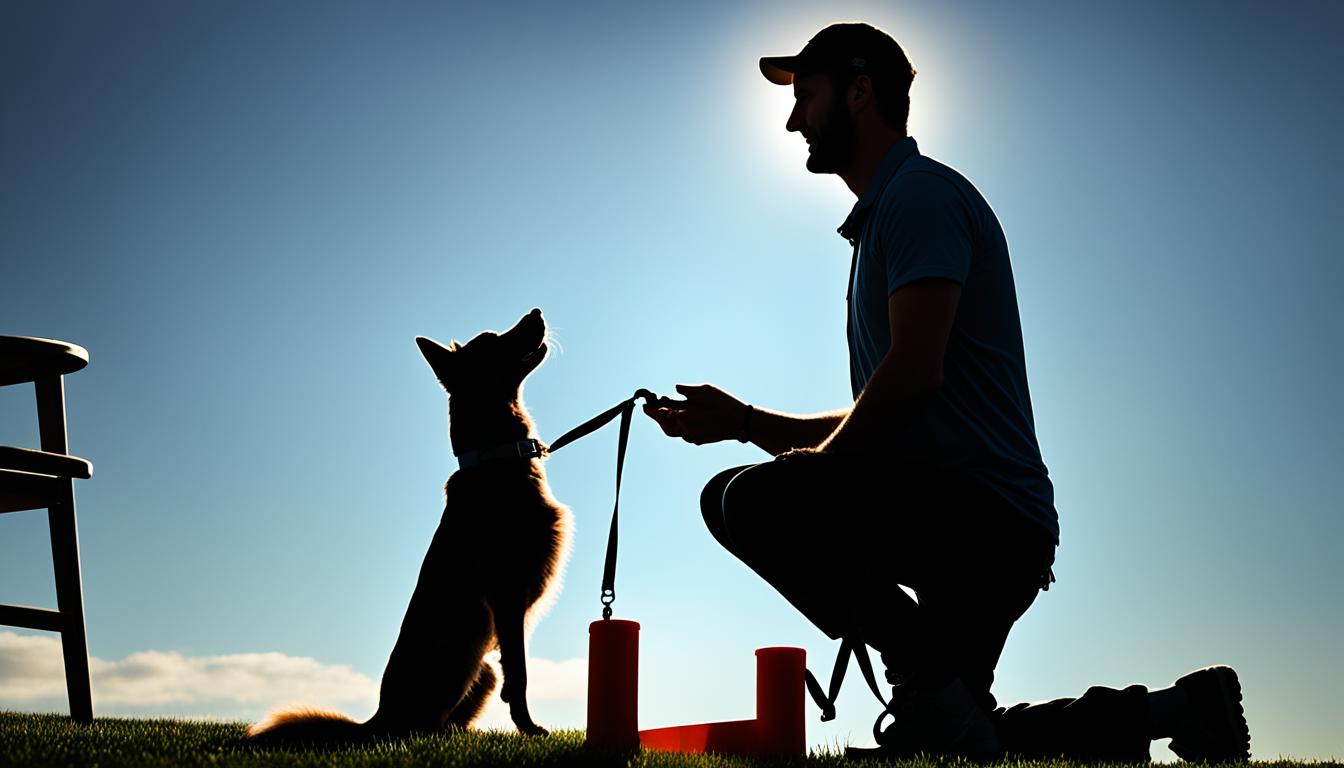

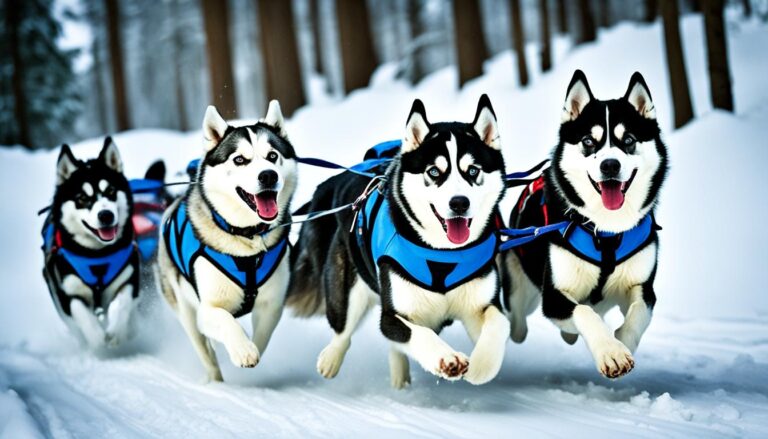
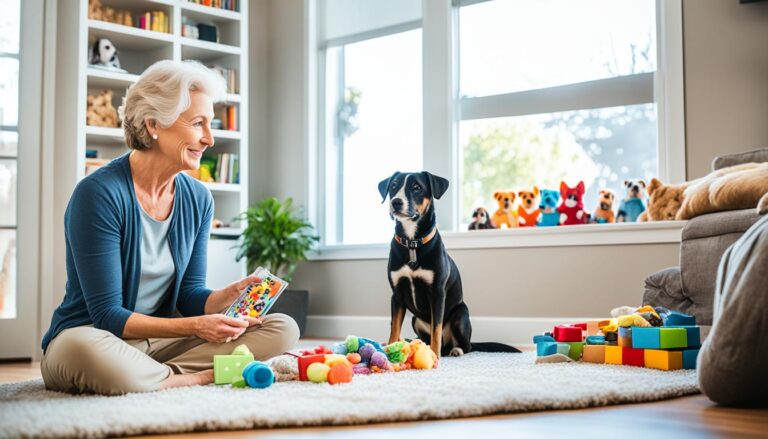
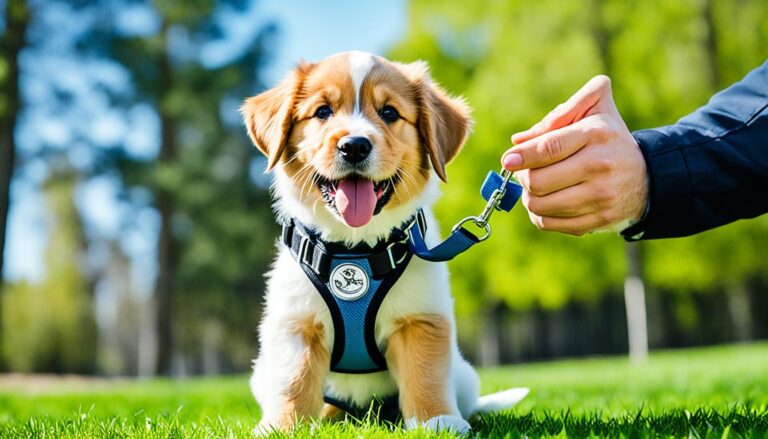
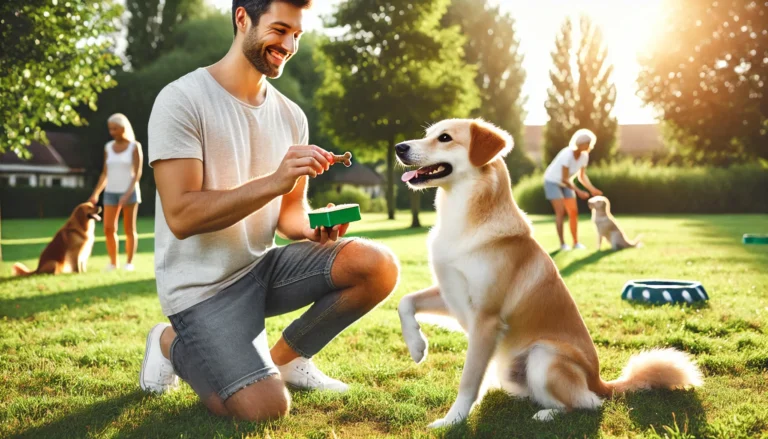
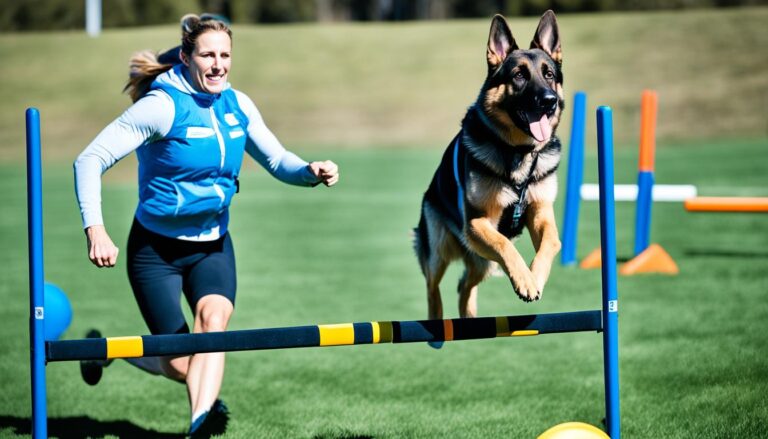
One Comment